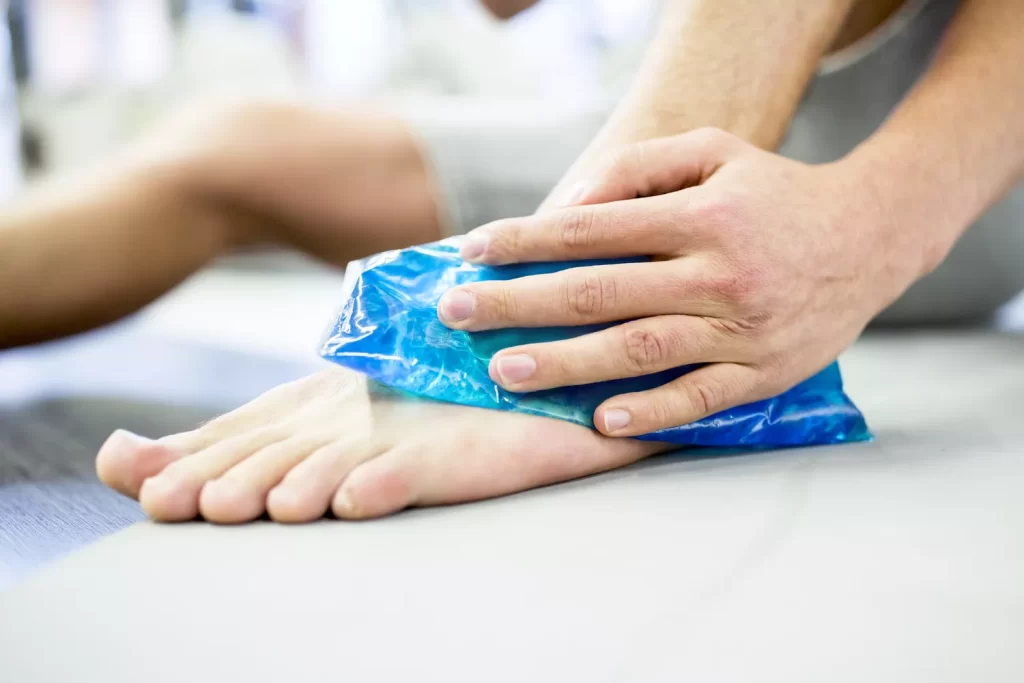Active recovery involves engaging in light exercise or activities that promote blood flow to the muscles and joints, aiding in the removal of toxins and providing fresh nutrients for healing. Here are the key points covered in the article:

- Why You Get Sore After Exercise: Intense exercise can cause tiny tears in muscle tissue, leading to muscle soreness and discomfort. Trying new exercises or exerting extra effort can result in delayed onset muscle soreness (DOMS), which involves muscle damage.
- Active Recovery vs. Passive Recovery: Active recovery workouts, which involve low-intensity exercise, yoga, swimming, or foam rolling, can be beneficial for alleviating post-exercise muscle soreness. Active recovery increases blood flow to the muscles and joints, facilitating healing. Passive recovery, on the other hand, involves resting the body and is more suitable for strains and injuries.
- Recommended Intensity for Active Recovery: Active recovery workouts should be moderate in intensity, targeting a heart rate of 30% to 60% of your maximum. Studies suggest that high-intensity recovery workouts are less effective in reducing muscle soreness.
- Exercise Options for Active Recovery: There are various options for active recovery workouts, including low-intensity exercise like walking or cycling at a conversational pace, yoga (especially slower-paced styles like yin yoga), foam rolling to provide light pressure on sore muscles, and swimming or water exercises, which improve circulation while minimizing joint stress.
- When Not to Use Active Recovery: If you experience pain that exceeds normal soreness, such as sharp or worsening pain, pain in a previously injured area, or pain accompanied by other symptoms like deformity, swelling, or fever, it is important to seek medical attention rather than opting for active recovery.
- Other Methods to Ease Sore Muscles: Resting to allow the body to repair itself, applying ice for 20 to 30 minutes to reduce swelling, using heat (carefully) to improve blood flow, gentle stretching routines, massages (preferably with light pressure), anti-inflammatory medications, compression garments, and maintaining a balanced diet with adequate protein, carbohydrates, and hydration are additional ways to ease muscle soreness and aid in recovery.
Remember to listen to your body and consult with a healthcare professional or physical therapist if you have any concerns or injuries.